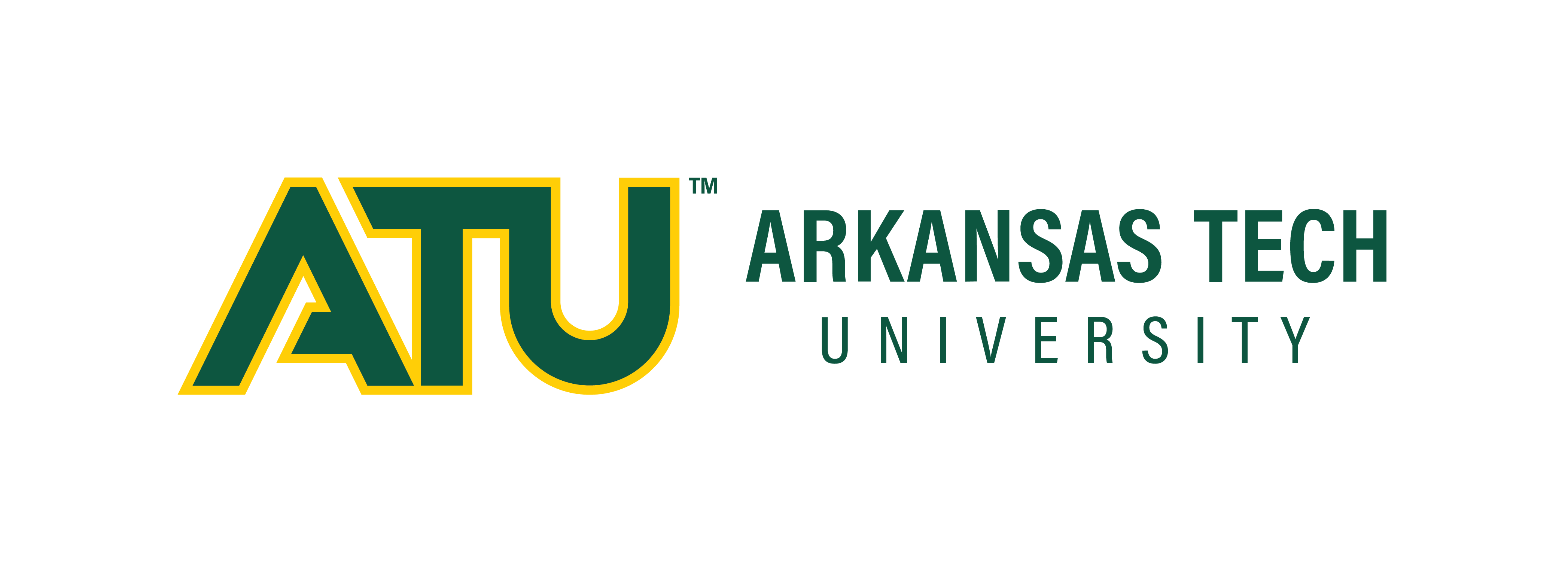Program Type
Graduate
Faculty Advisor
Dr. Rejina Manandhar
Document Type
Presentation
Location
Face-to-face
Start Date
25-4-2023 1:35 PM
Abstract
During the global COVID-19 pandemic response health care related supply chain issues pulled the curtains back to expose a disjointed, mis-managed and fragile supply chain (Goldschmidt & Stasko, 2022). This disfunction eventually impacted billions of people globally and significantly extend the supply chain recovery from COVID-19. The perceived strength of our domestic supply chain was weakened by minimal collaboration between the federal government and the private sector, which manages the majority of supply chains, during the early days of the pandemic (Aday & Aday, 2020). Additionally, the Strategic National Stockpile (SNS) was depleted due to many years of under-budgeting for supplies and the situation was not widely understood within the federal government, nor the public (Taddonio, 2020).
The Federal Emergency Management Agency (FEMA), which is the federal agency behind the development of public private partnerships (PPP), was still managing recovery from multiple major events when the pandemic began. They were assigned oversight and management of the national COVID supply chain response. The FEMA staffing levels were far below what was required, and additional staffing could not be hired in a short period of time (GAO, 2022). When adding in varying global COVID governmental responses and unexpected lockdowns, the situation was a recipe for disaster (GAO-20-685T United States Government Accountability Office, 2020).
Recommended Citation
Neudorff, Rick W., "The Importance of Public/Private Partnerships for Supply Chain Success in Emergency Management" (2023). ATU Research Symposium. 45.
https://orc.library.atu.edu/atu_rs/2023/2023/45
Included in
The Importance of Public/Private Partnerships for Supply Chain Success in Emergency Management
Face-to-face
During the global COVID-19 pandemic response health care related supply chain issues pulled the curtains back to expose a disjointed, mis-managed and fragile supply chain (Goldschmidt & Stasko, 2022). This disfunction eventually impacted billions of people globally and significantly extend the supply chain recovery from COVID-19. The perceived strength of our domestic supply chain was weakened by minimal collaboration between the federal government and the private sector, which manages the majority of supply chains, during the early days of the pandemic (Aday & Aday, 2020). Additionally, the Strategic National Stockpile (SNS) was depleted due to many years of under-budgeting for supplies and the situation was not widely understood within the federal government, nor the public (Taddonio, 2020).
The Federal Emergency Management Agency (FEMA), which is the federal agency behind the development of public private partnerships (PPP), was still managing recovery from multiple major events when the pandemic began. They were assigned oversight and management of the national COVID supply chain response. The FEMA staffing levels were far below what was required, and additional staffing could not be hired in a short period of time (GAO, 2022). When adding in varying global COVID governmental responses and unexpected lockdowns, the situation was a recipe for disaster (GAO-20-685T United States Government Accountability Office, 2020).


